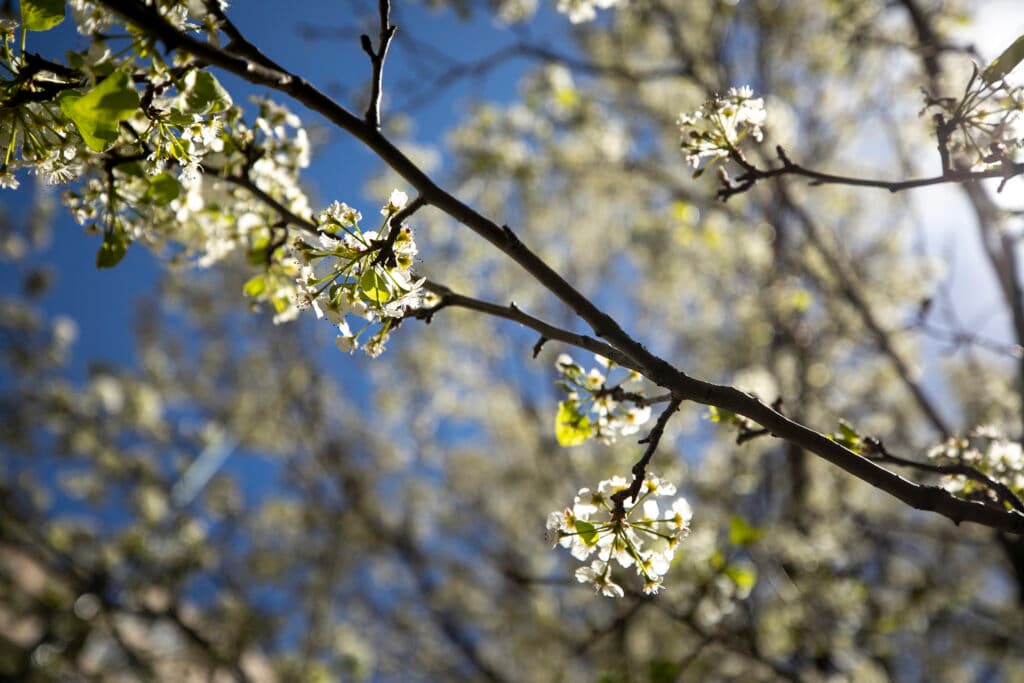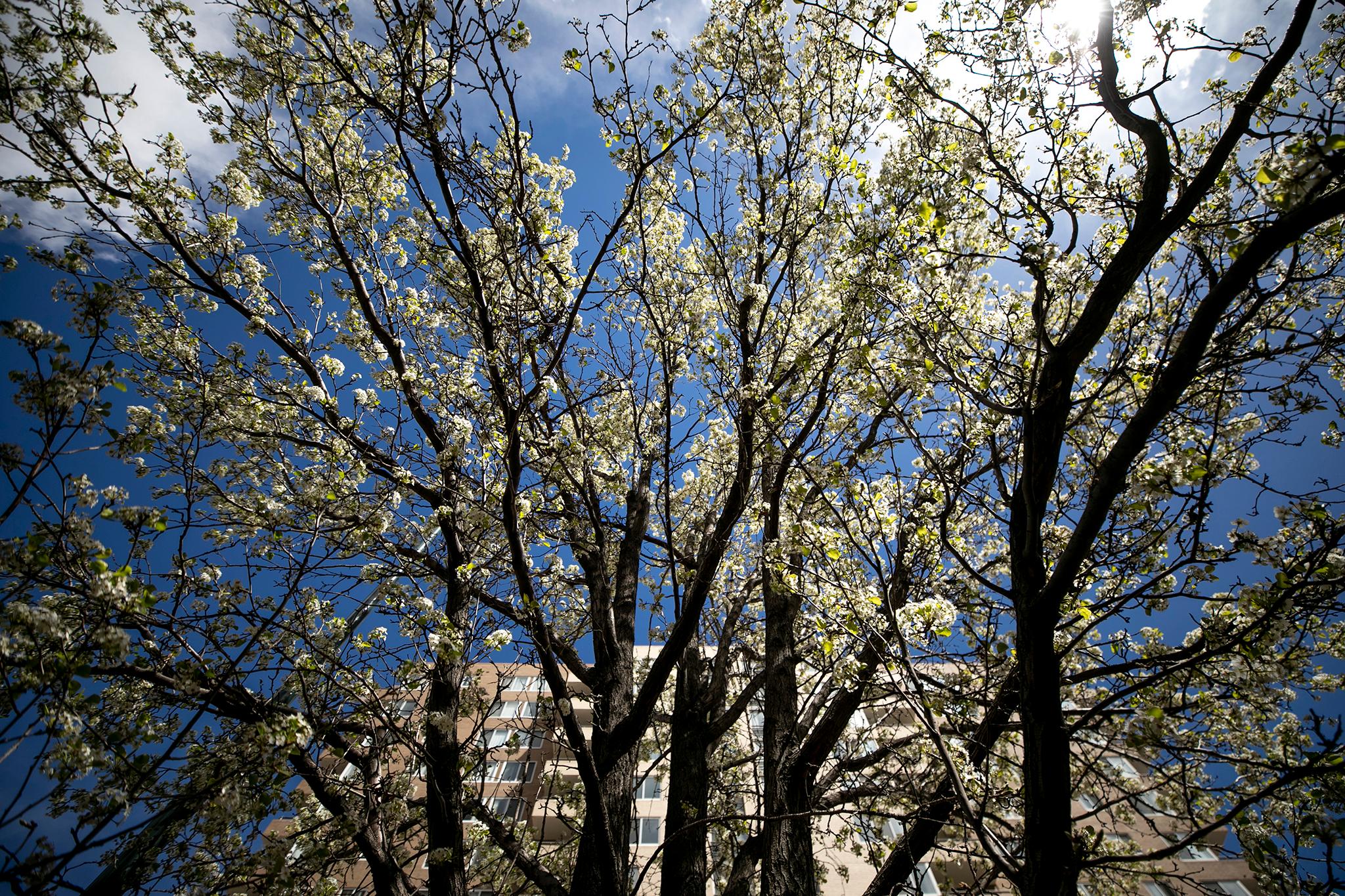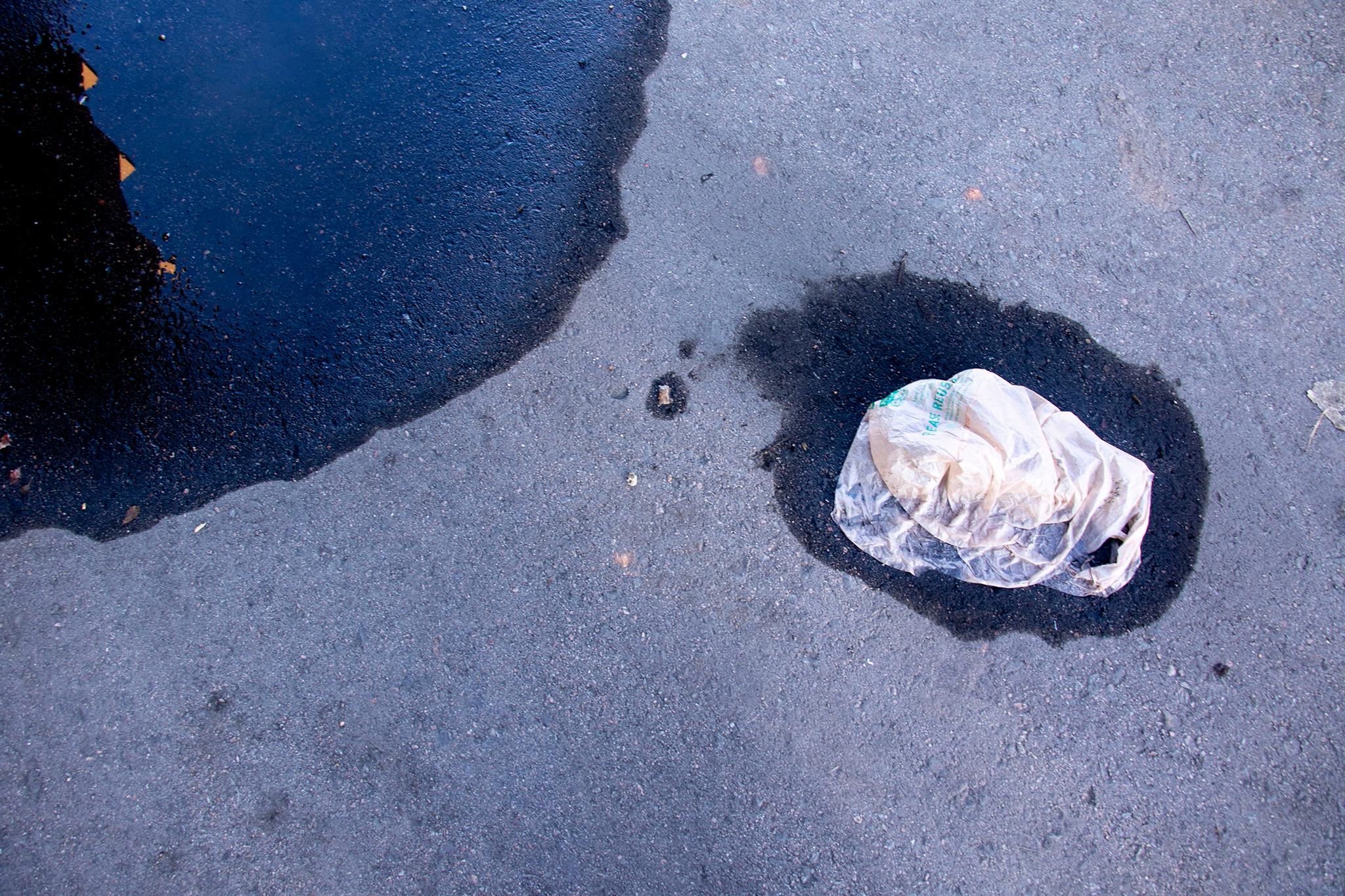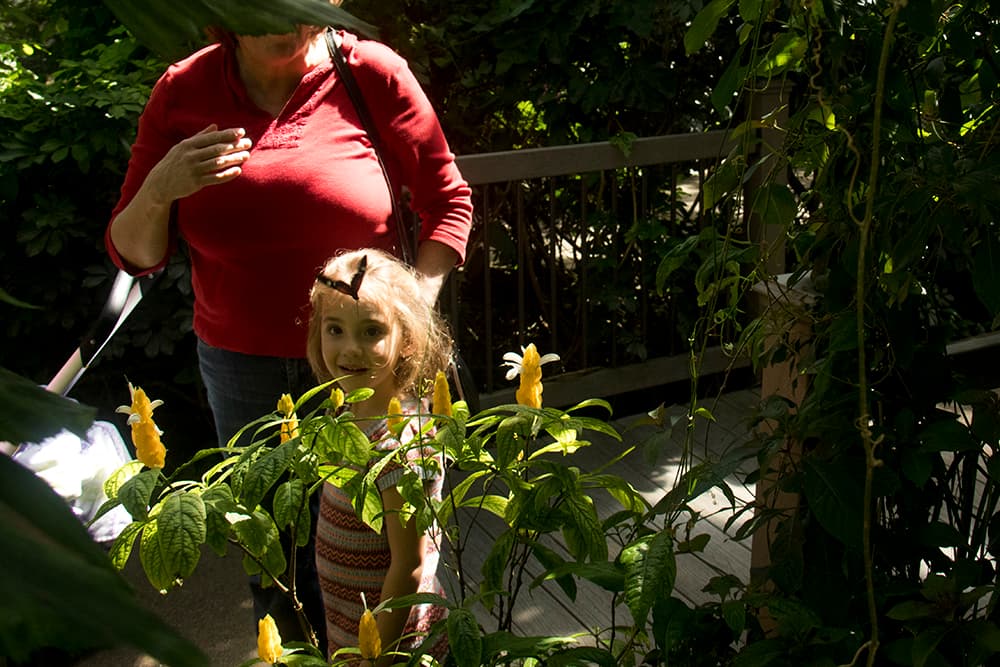Imagine this — it’s the perfect spring day and you’re finally wearing shorts as you walk to get a cold drink from your local coffee shop. But, as you’re enjoying the warm sunshine, an absolutely vile smell hits your nostrils.
As you swivel your head searching for the culprit, you find it: a modest tree with pretty white flowers.
Meet the Callery pear, a tree which is, on paper, perfect for big, urban cities.
“They're a fast grower and they have this spectacular show of flowers, and they're not a huge tree,” said Linda Langelo, a horticulture specialist with Colorado State University Extension. “It does well with air pollution and is drought tolerant. Who wouldn't want it?”
There is one caveat.
“It's a stunning tree,” Langelo said. “It really is, but it smells.”

The stink comes from its primary pollinator. Instead of cute, good-natured bees helping spread its pollen, the tree primarily attracts unhygienic flies to its flowers. To attract the flies, the tree produces its signature foul smell, which resembles rotting flesh. Langelo said in return, trees produce a nectar vital for fly diets.
“It has a pollen rich protein that they need for energy,” she said.
The Callery pear tree is an invasive species in most areas, due to how fast it grows. The small fruit it produces is commonly eaten by birds, who poop out the seeds in various places, allowing the fast-growing tree to spread easily. Some states have even taken action to reduce the propagation of the tree.
Denver Parks and Recreation tracks how many trees are planted within the city’s parks and city-managed sidewalks. Over 1,600 Callery pear trees have been planted in parks and over 6,600 have been planted in the public right of way, according to a spokesperson for the department. The number of trees planted on private property is unknown, but it's safe to assume there are plenty.
Langelo said if the stink is truly unbearable, good news is on the horizon: the flowers will likely fall off by late May, meaning your summertime walks will largely be Callery pear smell free.













